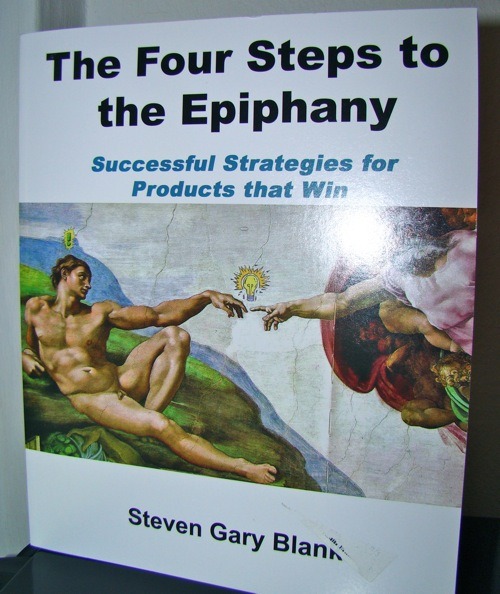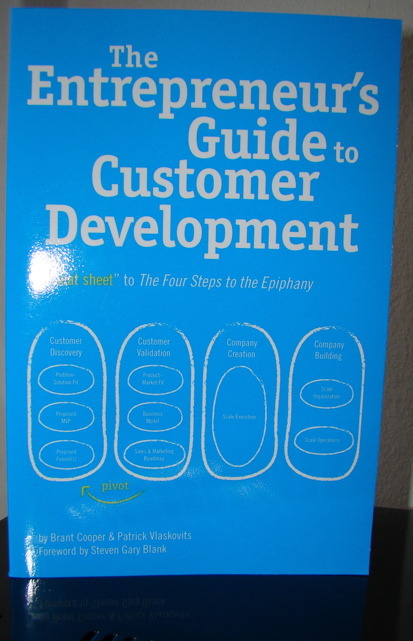
What is it about?
Do I really need to introduce this book? You probably know Steve Blank, you probably know Customer Development by now. In this book he talks about the whole process of finding your market product fit.
What can I learn?
Understand your market type: There are different market types and each one needs different strategies. There are new markets, niche markets and existing markets. This sounds trivial but isn’t well understood. A common mistake is to act like in an existing market if you are really (creating) a new market. For example, you investing millions in mass advertising even if you are creating a new market. This won’t work. Remember the Technology Adaption Cycle!
Understand your customer: Yes, you know this by now. However there are some one cool questions. If you want to know if your prospects has a real problem ask if them would deploy your product if it was free. If they say no, you are quite sure that they won’t be your customers so soon. The second cool question helps you to find out how much they would pay. Ask them if they would pay $1,000,000 ($1,000 for B2C products) for your product. Often they will say “Sorry, but we could pay $600,000 at max.” – Bingo! If they say yes, you have to increase the amount the next time.
Learn, Learn, Learn: A startup is about learning. Learning about your market, learning about your company, learning about your customers. There are no standardized methods for your new market. Learning about your market is the purpose of your startup. After you have discovered enough, you can grow and establish processes. This is where you leave your startup phase and become a “real” company.
Conclusion
Four Steps to the Epiphany is actually really nice. Steve Blanks describes each step in detail and provides lots of work sheets. He focuses mostly on expensive B2B software solutions. You have probably to adjust some methods for B2C or mass-market B2B products. Great book.

